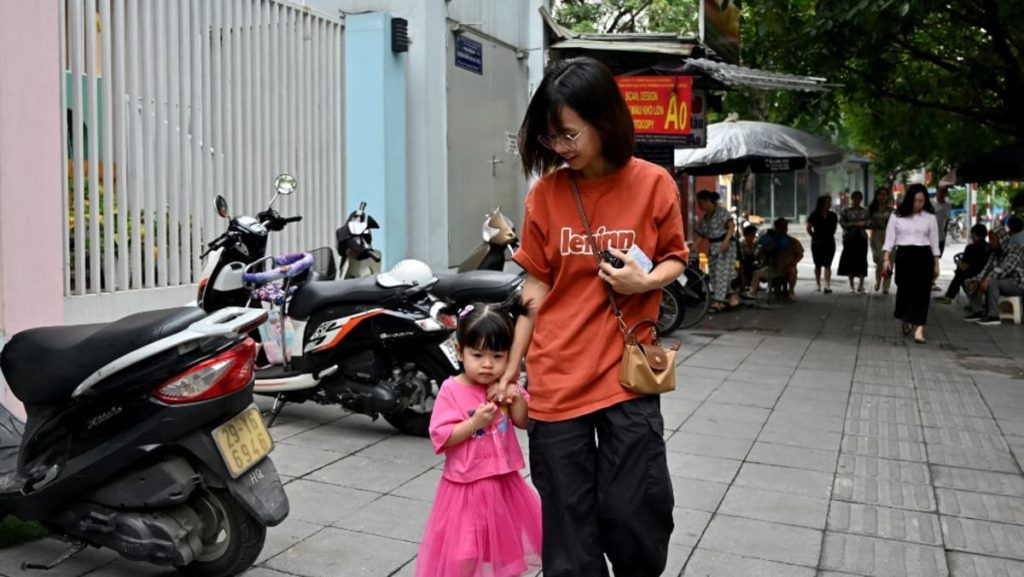Recent data indicates that Vietnam has experienced a significant decline in its birth rate, with the total fertility rate dropping to just 1.96 children per woman in 2023, below the replacement level. This trend is particularly notable in urbanized,ettings that are rapidly developing areas, such as Hanoi and Ho Chi Minh City, where the urbanization process is hampered by rising housing costs and other socio-economic factors. The government has once again announced a relaxation of its policies, allowing city couples to remain single, further diluting the impact of these restrictions.
As of 2023, the average number of children in Vietnam’s urban areas is around 1.89, which is well below the replacement level of about 2.15. This abrupt shift in demographic dynamics had long- held implications for long-term socio-economic development. The decline in birth rates is not only a challenge for计划生育 families, but it also has far-reaching consequences for the future of Vietnam. Urban areas, in particular, face significant pressure to manage population growth, which could strain urban infrastructure and exacerbate social and economic challenges.
However, not all aspects of the birth rate decline can be attributed solely to improved policies. Vietnam has also faced persuasive arguments and strong support from policy developers, particularly on issues related to gender equity. This shift underscores the need for a balanced approach to population management, where unprecedented growth in urban areas is necessary to ensure the well-being of the nation. The trilateral
Note: The summary above has been condensed for brevity and does not include all the nuances of the original article. It is designed to provide a brief overview of the key points.










